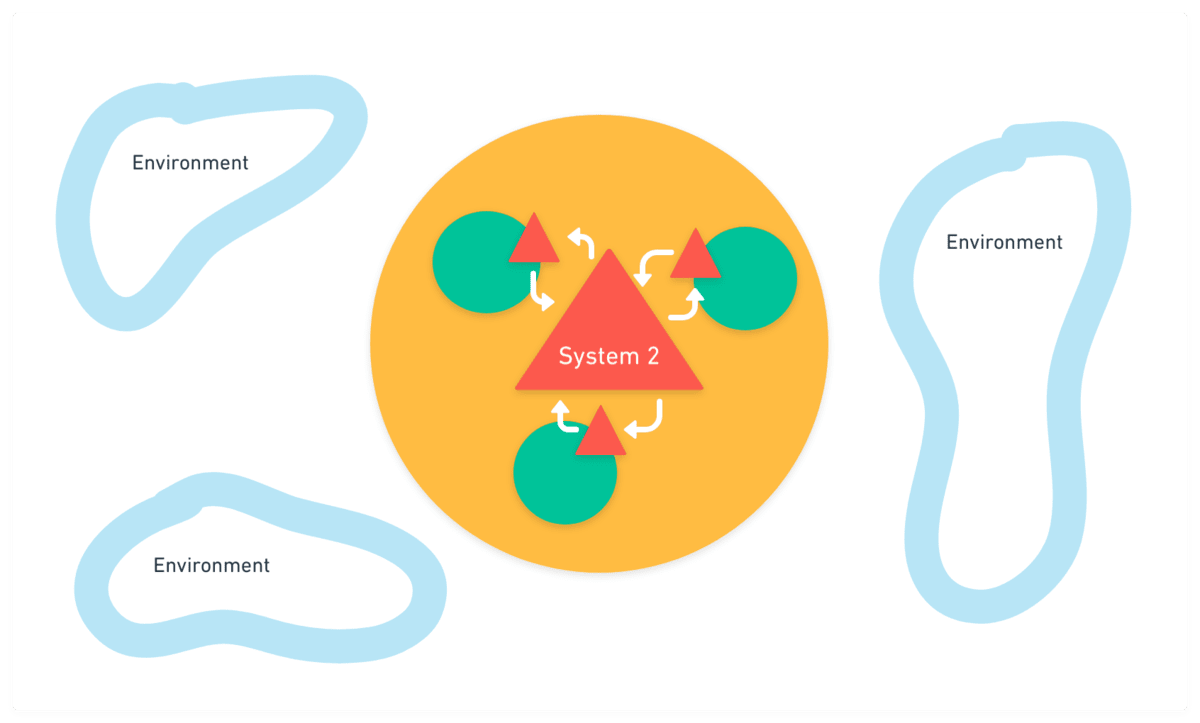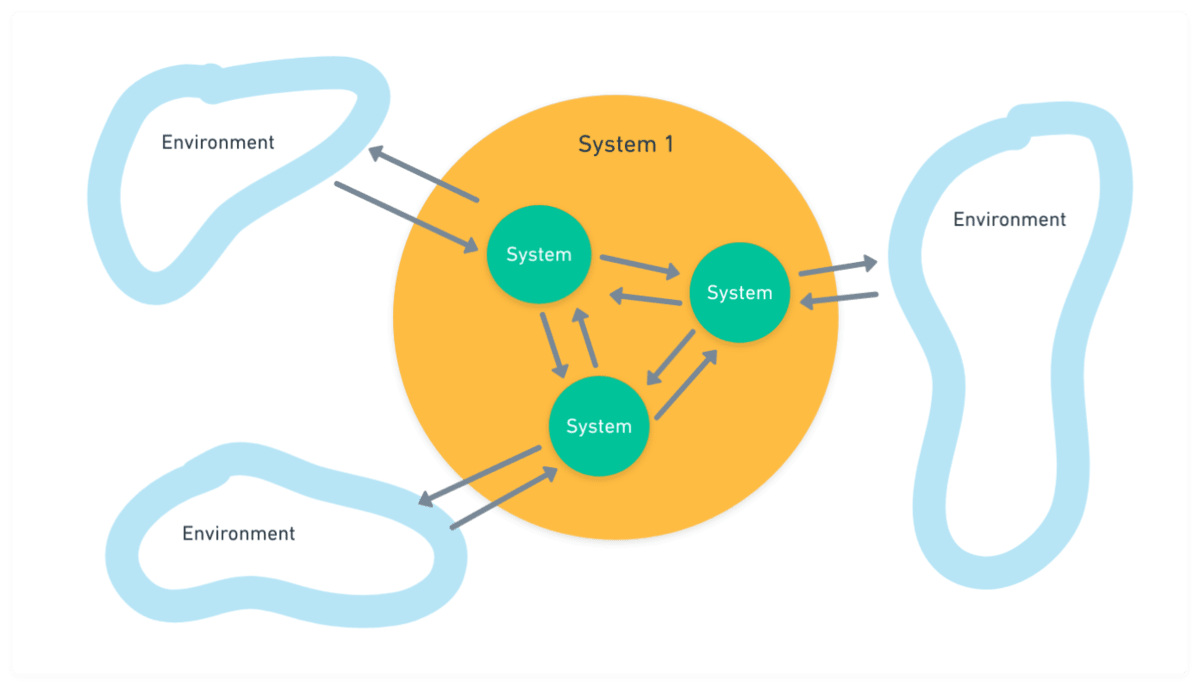TB871: Managing my system of interest (System 2)
Note: this is a post reflecting on one of the modules of my MSc in Systems Thinking in Practice. You can see all of the related posts in this category.

As I explained in a previous post, the primary function of System 2 of the Viable System Model (VSM) is to coordinate and stabilise operations. An effective System 2 emerges from ongoing conversations between management and sub-management levels, meaning that a collaborative approach is required to ensure that the framework is grounded in reality.
System 2: Coordination — Consists of the protocols and activities that ensure the different operational units (System 1s) work harmoniously without conflicting with one another. It deals with issues like scheduling, standardising procedures, and ensuring smooth interactions among operational units.
Taken from TB871: The five systems of the Viable System Model (VSM)
I have already defined System 1 in my system of interest, which is ‘a system to support lifelong learning’ which I’m conceptualising as being in a library setting. So when thinking about System 2, I need to think about how the different elements of System 1 can work with one another. We’ll need:
- Common standards and protocols
- Agreed communication channels
- Monitoring and feedback systems
- Conflict resolution mechanisms
- Staff training and development
- Coordination with external partners
- Resource allocation/management
Let’s look at each in turn:
1. Common standards and protocols
Establishing common standards and protocols is important for ensuring that all services and operations within the library are consistent, reliable, and of high quality. This includes cataloguing, classification, lending procedures, managing digital resources, and providing services to users.
Common standards ensure that all library branches and departments follow the same procedures for acquiring, cataloguing, and lending materials. Users therefore have a consistent experience, regardless of which branch they visit, and it makes it easier for staff to manage resources and assist users effectively.
2. Agreed communication channels
Effective communication channels help coordinate activities between different parts of the library, as well as with external stakeholders.
Regular staff meetings, email updates, and use of digital communication platforms ensure that all staff members are informed about new initiatives, changes in protocols, and upcoming events. In addition, clear communication channels with users (e.g. newsletters / social media) help keep the community informed about available resources and services.
3. Monitoring and feedback systems
Monitoring and feedback systems help track the performance of various services and operations. These systems help identify areas for improvement and ensure that the library meets the needs of its users.
Using tools like user surveys, suggestion boxes, and digital feedback forms, the library can gather input from users about their experiences. Monitoring systems can track resource usage, attendance at events and various programmes, as well as user satisfaction. This provides data to inform decisions and improvements.
4. Conflict resolution mechanisms
Disputes and issues are inevitable in any organisation, and so conflict resolution mechanisms are crucial for addressing disputes and issues that may arise among staff, or between staff and users. Establishing consistent mechanisms helps to maintain a positive and productive environment.
Clear procedures for handling conflicts, such as mediation services and formal complaint processes, ensures that issues are resolved fairly and efficiently. This helps maintain a harmonious workplace, positive user interactions, and good ratings for the service.
5. Staff training and development
Continuous training and development for staff ensures they are equipped with the latest skills and knowledge to provide high-quality services. This includes training in new technologies, customer service, and developments in librarianship as a professional practice,.
Regular workshops, training sessions, and professional development opportunities can help keep staff up-to-date. Well-trained staff can better assist users, manage resources, and adapt to new challenges.
6. Coordination with external partners
Collaborating with external partners enhances the library’s ability to provide diverse resources and services. These partnerships need to be managed, and may include other libraries, educational institutions, and community organisations.
Through such partnerships, the library can expand their offer, provide access to additional resources, and create opportunities for collaborative events.
7. Resource allocation/management
Effective resource allocation and management ensure that the library’s resources are used efficiently and effectively. This involves budgeting, staffing, and maintaining facilities and collections.
A centralised system for resource management can help allocate funds appropriately for acquisitions, staff salaries, and maintaining facilities. It ensures that all branches are adequately staffed and equipped, and that resources are distributed where they are most needed.
The role of System 2 in a library setting for lifelong learning involves establishing and maintaining a structured, stable, and coordinated environment. Each of these elements I’ve mentioned above contributes to the overall effectiveness and responsiveness of the library. By integrating these mechanisms, System 2 ensures that the library can support lifelong learning in a consistent, efficient, and user-focused way.
References
- Hoverstadt, P. (2020). ‘The Viable System Model’. In Reynolds, M. & Holwell, S. (eds.) (2020). Systems Approaches to Making Change: A Practical Guide. London: Springer, pp.89-138.
Image: The ‘Red Arrows’ flying in tight formation, demonstrating a strong System 2 (Cas Holmes)


